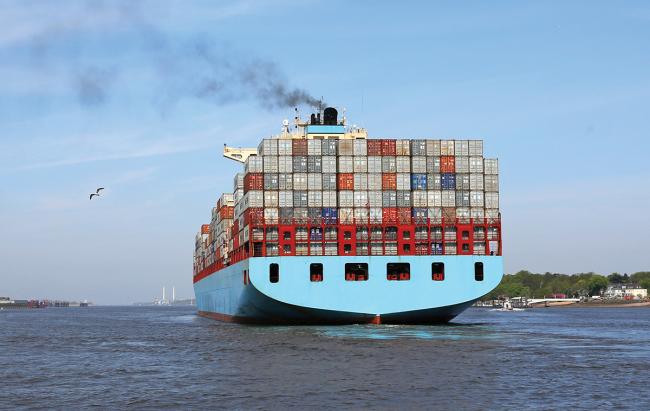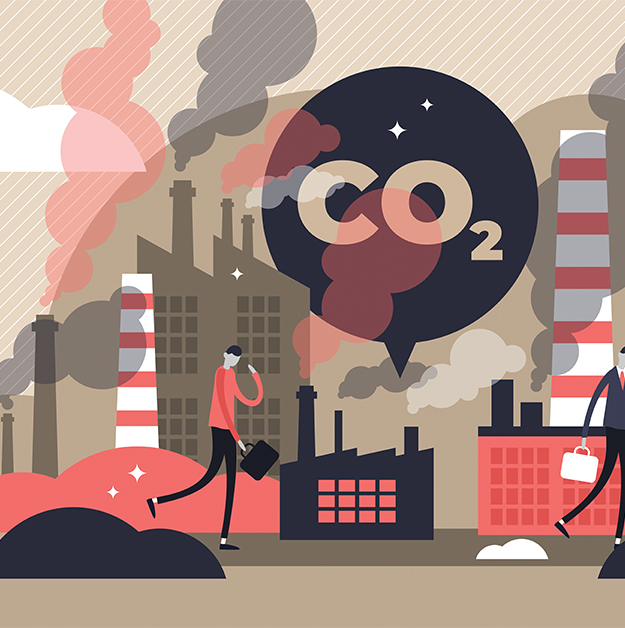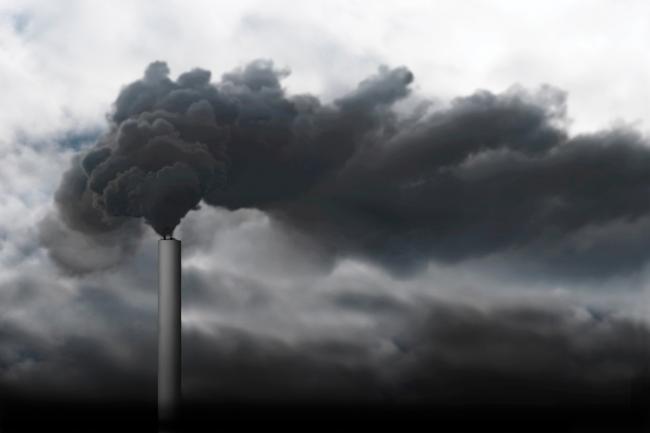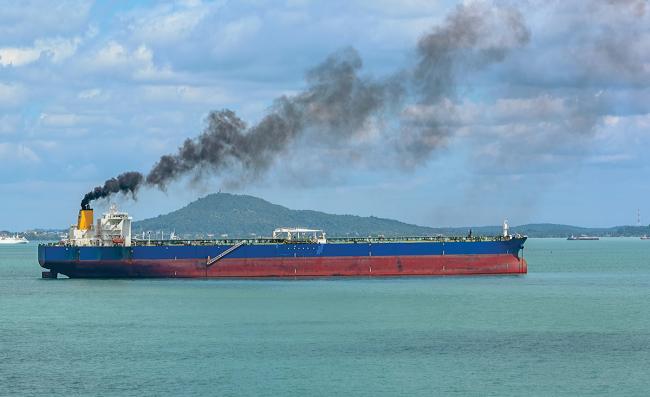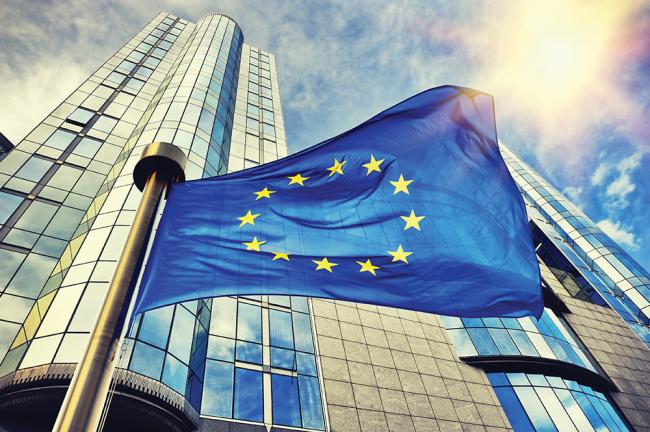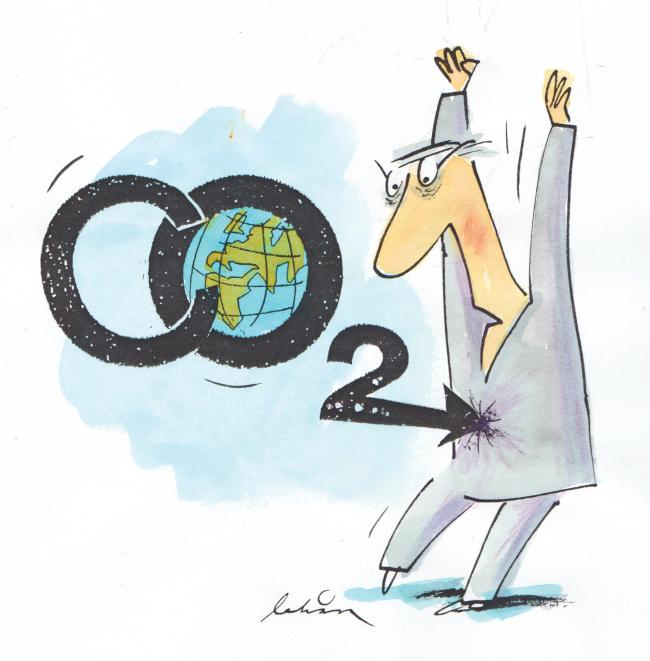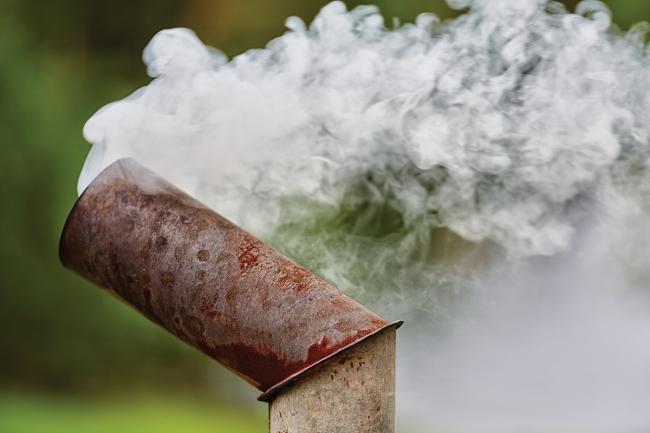Ever since the stricter global ship fuel sulphur regulations were adopted by the International Maritime Organization (IMO) in 2008, the use of exhaust gas cleaning systems, also known as scrubbers, on ships as an alternative to switching to cleaner low-sulphur fuel, has been a hotly debated issue.
In a blog posted on the ICCT’s website on 28 June, Dr. Bryan Comer argues that all existing open-loop scrubbers should be converted into closed-loop systems. He is also calling for a ban on all new scrubber installations, as well as a prohibition of closed-loop bleed-off water discharges in places that should be protected.
According to the IMO sulphur standards, since 2015, all ships travelling in designated Sulphur Emission Control Areas (SECA) have to comply with a fuel sulphur limit of 0.10 per cent. The SECAs cover two northern European sea areas, the North Sea and the Baltic Sea, as well as the coastal waters (out to 200 nautical miles) of the United States and Canada.
Moreover, from 1 January 2020, the global sulphur limit was reduced from 3.5 per cent to 0.50 per cent, and this applies to all ships in international trade.
Ship operators have different options available to achieve these sulphur limits. The most straightforward option is to switch to using a compliant lower-sulphur fuel oil, i.e. with a sulphur content less than the mandatory limit values. A second option is to switch to using an alternative low- or zero-sulphur fuel, such as liquefied natural gas (LNG), liquefied biogas (LBG) or methanol. And the third is to equip the ship with an exhaust gas cleaning system that reduces the emissions of sulphur dioxide (SO2) to levels that are lower than those resulting from using compliant fuels. Under this last option, ships are allowed to continue to burn residual high-sulphur heavy fuel oil (HFO).
There are primarily two types of scrubbers – open-loop and closed-loop, but there are also hybrid scrubbers that can switch between the open and closed modes. Open-loop scrubbers in particular have been subject to debate, as they use seawater as the “cleansing agent” and produce large amounts of washwater which is discharged into the sea, usually without any treatment. The closed system recirculates the scrubbing water and discharges a lesser volume after treatment.
So far, more than 4,000 ships have installed or ordered scrubbers to avoid using cleaner, but more expensive, low-sulphur fuels (see Figure). As of last year, about 16 per cent of container ships representing 36 per cent of container carrying capacity, had scrubbers installed.
Figure: Number of ships with scrubbers installed or on order.
 Source: Data from DNV GL Alternative Fules Insight Platform
Source: Data from DNV GL Alternative Fules Insight Platform
Four out of five scrubbers installed on ships are open-loop, while hybrid scrubbers account for about 17 per cent and closed-loop scrubbers for less than two per cent. Dr. Comer explains that open-loop scrubbers are the most popular because they are the least expensive to install and operate, and adds that: “Hybrid scrubbers cost more, but provide a bit of insurance against local restrictions on open-loop scrubber discharges, as they can be switched to closed-loop or zero-discharge mode. But to avoid collecting and storing scrubber sludge – which needs to be disposed of on land, for a fee of course – hybrid scrubbers are mainly used in open-loop mode. Closed-loop systems are the most expensive and, unlike open-loop systems, continuously collect and store scrubber sludge.”
Even though IMO has agreed scrubber discharge guidelines for pH, temperature, polycyclic aromatic hydrocarbons, turbidity, and nitrates, Dr. Comer points out that studies are showing that scrubber washwater and the pollutants it contains damage ecosystems and harm wildlife. He refers to a recent Belgian study that estimates that if 15 to 35 per cent of the fleet (by gross tonnage) operating in the English Channel and the southern North Sea were equipped with open-loop or hybrid scrubbers, each year the pH would drop by between 0.004 and 0.010 pH units, about as much as the ocean acidifies in two to four years due to climate change. Near Rotterdam, the pH decrease was estimated at up to 0.088 pH units per year, which would normally take between 30 and 50 years as a result of climate change alone.
Another study, by the ICCT, focused on Canada’s Pacific coast and found that in 2017, 30 scrubber-equipped ships dumped 35 million tonnes of contaminated washwater near British Columbia, including 3.3 million tonnes within the designated critical habitat for threatened and endangered killer whales. Cruise ships were responsible for 90 per cent of these discharges.
This year, the IMO’s Marine Environment Protection Committee is expected to approve a new workplan focused on harmonising the rules for scrubber washwater discharges. Dr. Comer points out that this is an opportunity for IMO to decide when, where, or even if scrubber discharges should be allowed.
Below is a four-step approach, proposed by Dr. Comer for how IMO should proceed under a scrubber workplan. It starts by reducing water pollution from the existing scrubbers and ends with phasing them out completely.
Step 1. Prohibit new scrubber installations. No new or existing ship should be allowed to install a scrubber if it does not already have one installed. All ships should use fuels that comply with the IMO 2020 sulphur regulations.
Step 2. Convert existing open-loop scrubbers to closed-loop. This would allow shipowners who have already spent millions of dollars on scrubbers to continue to use them, but would also dramatically reduce the amount of polluted water that’s dumped overboard. Closed-loop systems discharge less than one per cent as much as open-loop systems, but this bleed-off water is acidic and contains a higher concentration of pollutants. So closed-loop scrubbers still pollute.
Step 3. Prohibit closed-loop bleed-off water discharges in places that should be protected. Ships with scrubbers should operate in zero-discharge mode when they are in areas that governments agree should be protected. These could include critical habitats for threatened and endangered species, marine protected areas, particularly sensitive sea areas, estuaries, near-shore areas, or in ports.
Step 4. Phase out existing scrubbers over time. Ships with scrubbers do and will continue to have a market advantage over ships without, because the fuel cost savings of using high-sulphur heavy fuel oil outweigh the capital, operating, and maintenance costs of the scrubber. If new scrubber installations are prohibited, then it’s only fair that existing scrubber installations be phased out. The IMO should agree on a timeframe for phasing them out.
According to Dr. Comer, these changes will require IMO member states to amend the International Convention for the Prevention of Pollution from Ships, better known as MARPOL. This process will take several years to negotiate and, if agreed, an additional two years to become enforceable.
In the meantime, countries, states, and ports can prohibit the use of scrubbers and/or scrubber washwater discharges in the waters they control. Scrubber washwater discharges are already prohibited in all or parts of China, Singapore, several European countries, the Suez and Panama Canals, California, Connecticut, Hawaii, and in major ports such as Fujairah.
Dr. Comer concludes that local actions are a good start but they are not sufficient. The four steps above can serve as a recipe for uniform, global action on scrubbers that closes the open loophole.
Christer Ågren
Source: ICCT blog post by Dr. Bryan Comer. Link: https://theicct.org/blog/staff/scrubbers-open-loophole-062020

